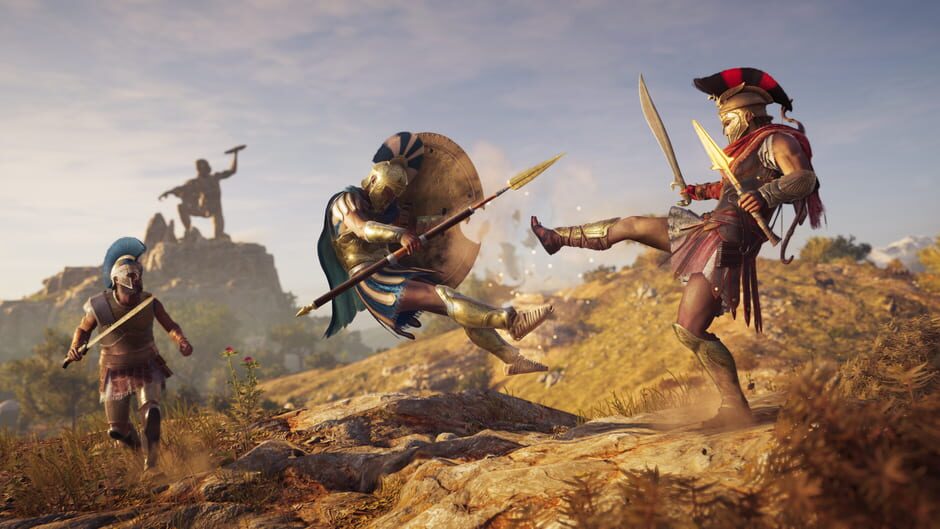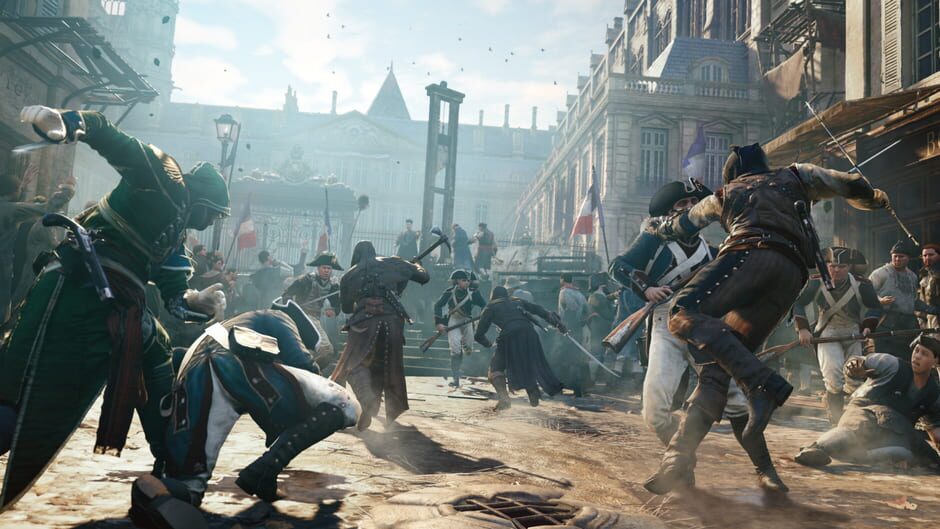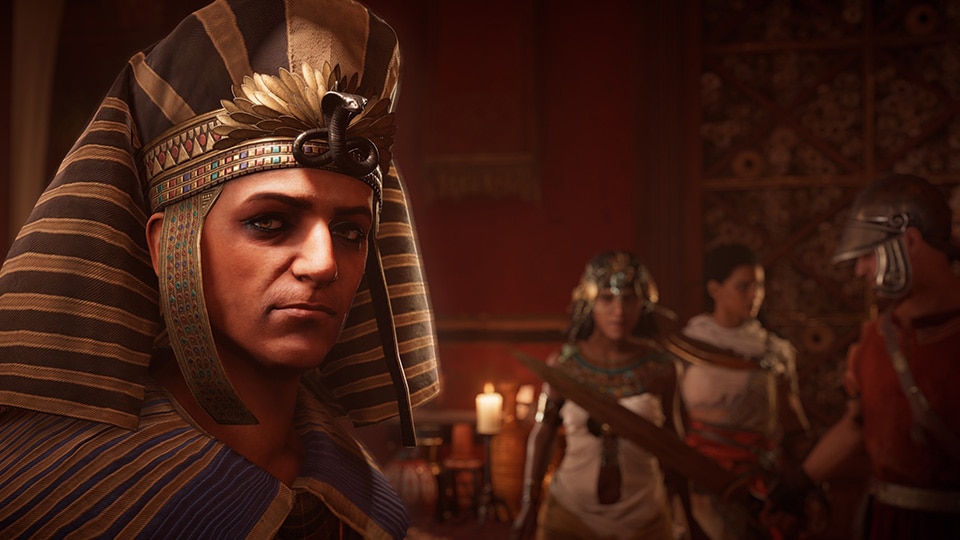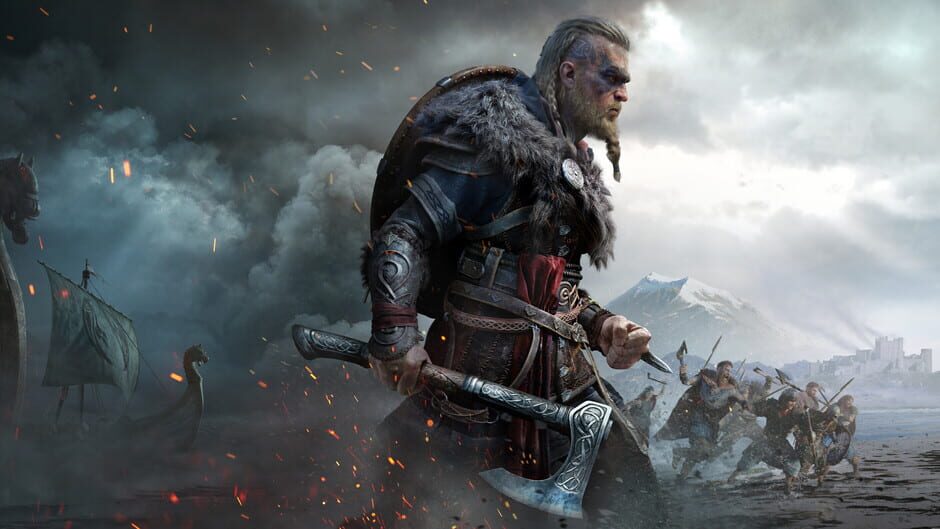Assassin’s Creed is an open world, action-adventure video game franchise created by ‘Ubisoft Montreal’. The Assassin’s Creed series portrays assassins, who fight for peace with free will, and oppressors, who desire peace through order and control. The series features historical fiction, science fiction, and fictional characters intertwined with real world historical events and figures. But are these games truly an accurate representation of their historical timelines?

Geography is an important factor in open world games because it’s the virtual realm you play in. Assassin’s Creed games are no different, ‘Ubisoft’ always tries to design the maps to be as easy and accurate as possible, so that you can experience the history and atmosphere of the world during significant periods in time. Assassin’s Creed Valhalla lets you sail between Norway and England via longship. In Norway the ground is mostly covered in snow and ice, and at night the sky lights up with the verdant northern lights which your character can look up at. England on the other hand is covered with grassy plains and forests divided by rivers which your character can sail through, a much different side of the spectrum compared to Norway, which is pretty realistic. Up the north side of England there are also snowy mountains, but historians have claimed that Valhalla’s portrayal of the climate is totally wrong, and that there was no snow in England during that period. Other games like Assassin’s Creed Syndicate are set in big cities with tall buildings and wide streets. Syndicate is said to be one of the most accurate Assassin’s Creed games with real life landmarks and an almost identical interpretation of 1800s London. Some of the Assassin’s Creed games that include cities are in 1:1 ratio, meaning they are the exact same extent as the city was during that time period. Assassin’s Creed Black Flag is said to have the best map in the franchise. With wide open waters and land-based areas Black Flag nails the Caribbean feeling, but historians have claimed that the scarce presence of French and Dutch ships on the oceans of Black Flag are inaccurate since those nations had big influences on the seas at that time as well as the British.


Every Assassin’s Creed game is set during an important time in history, so it is no mistake to think that certain big historical events would occur during the stories. Assassin’s Creed Unity is based on the French Revolution, but it is heavily altered and changed for the gameplay’s sake, but for the most part it works out just fine. Many other games carry big events like the Battle of Thermopylae and the Boston Tea Party. Even though the Assassin’s Brotherhood is a fictional group created by ‘Ubisoft’, there have been close resemblances to them in history. A group called the Hashashins carried out many assassinations against their enemies around 1094, but they were eventually conquered by the Mongols. In Assassin’s Creed Valhalla you and your Viking warriors can raid and loot English monasteries or settlements around the map. This is quite historically accurate because monasteries housed many riches and were not as well guarded as towns and cities. Historians have evidence of these incidents because monks that lived in the monasteries wrote stories and painted artworks of these attacks. Other events like the Yule festival, which was a real-life festivity celebrated by the Germanic peoples is also present in Assassin’s Creed Valhalla. Historical events sometimes align with historical figures like Francesco Salviati who was the Archbishop of Pisa in 1474. He appears in Assassin’s Creed II, but his assassination was severely downgraded in the game. What really happened was he was beaten by a lynch mob who then hanged him from a window. It seems ‘Ubisoft’ didn’t want to include such graphic content in their game.

Whilst the stories of many other gaming franchises have fictional characters, in some Assassin’s Creed games you will encounter certain historical figures that lived during the timeframe, and not only do they make cameos but, they can be essential to your journey. The appearances span from famous kings and queens to great warriors and inventors. Notably the most famous appearance is Leonardo Di Vinci himself in Assassin’s Creed II, and he doesn’t just appear in one cutscene, he is a recurring character throughout the game. The player gets to use many of his inventions throughout the storyline. Cleopatra who was a ruler of Egypt, is an occurring character in Assassin’s Creed Origins. Though she is portrayed as a flirty energetic ruler in Origins, Cleopatra was believed to be entirely different in real life. Assassin’s Creed Valhalla has many appearances from real-life figures, like the sons of Ragnar who were legendary Viking warriors, and King Alfred the great.

In conclusion all Assassin’s Creed games try to be as historically accurate as they can to their timestamp. Ubisoft does a terrific job making these games as enjoyable and compelling as possible whilst also giving you a good history lesson. It should be common knowledge not to believe everything you are shown in these games because gameplay will always matter more than historical accuracy.
